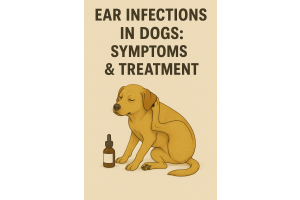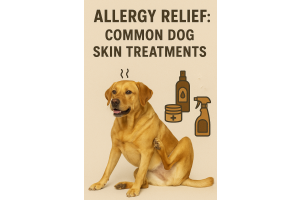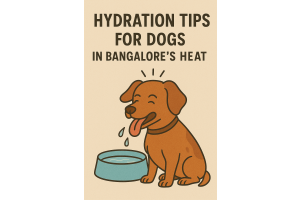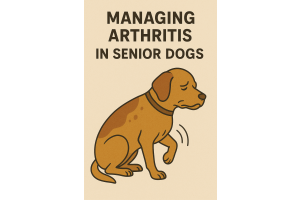5 Reasons Your Dog Might Be Limping
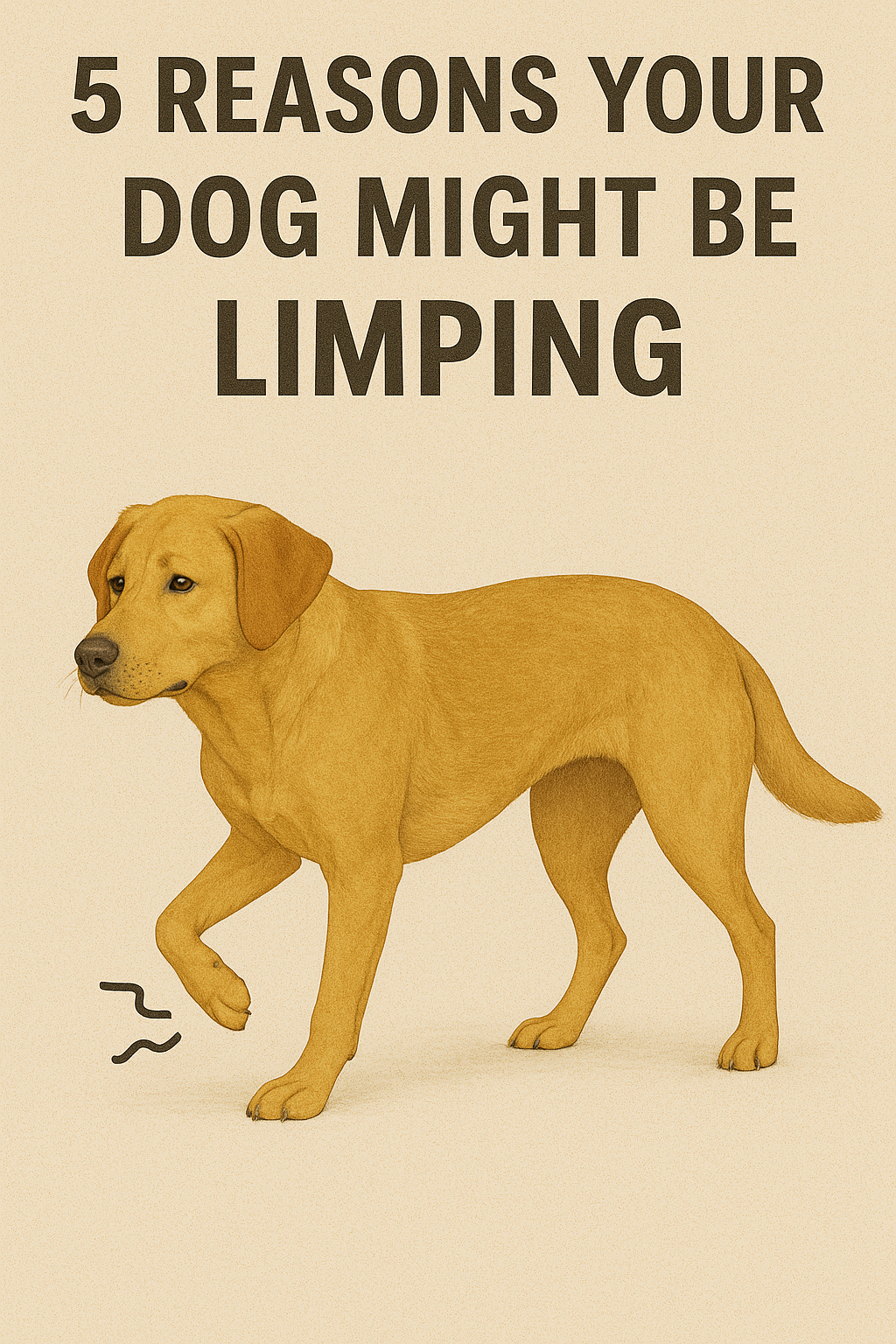
Seeing your dog limp can be alarming. Limping, or lameness, can range from a minor temporary injury to a sign of a serious health issue. Understanding why your dog is limping can help you take prompt, appropriate action.
Here are five common reasons, along with guidance from Cessna Lifeline Veterinary Hospital.
1. Paw Injuries
-
Cuts or punctures from sharp objects.
-
Foreign bodies (like thorns or glass).
-
Burns from hot pavements.
-
Broken or torn nails.
Check your dog's paw pads and between toes for visible issues.
2. Joint or Bone Injuries
-
Sprains or strains from sudden movements.
-
Fractures from falls or accidents.
-
Ligament injuries like cruciate ligament tears (common in active dogs).
Immediate veterinary evaluation and X-rays may be needed.
3. Arthritis
Senior dogs often limp due to arthritis, which causes joint inflammation and pain, especially after rest or in cold weather.
4. Hip or Elbow Dysplasia
Genetic conditions that affect joint development, leading to limping, weakness, or a bunny-hopping gait.
5. Infections or Inflammatory Conditions
-
Abscesses or infections in the limb.
-
Lyme disease or other tick-borne infections (less common in Bangalore but possible).
When to See a Vet Immediately
-
Sudden severe limping.
-
Refusal to bear weight on a leg.
-
Swelling, heat, or severe pain.
-
Open wounds or bleeding.
-
Signs of severe distress.
Diagnosis and Treatment at Cessna Lifeline Veterinary Hospital
-
Thorough physical exam.
-
Imaging (X-rays or ultrasound).
-
Pain management and anti-inflammatories.
-
Bandaging, splinting, or surgery if necessary.
Home Care
-
Restrict activity until diagnosis.
-
Use a soft, supportive bed.
-
Apply cold compresses (if advised by your vet).
Why Choose Cessna Lifeline Veterinary Hospital
-
Expertise in orthopedic and soft-tissue injuries.
-
Advanced imaging and surgical options.
-
Compassionate, individualized treatment.
Final Thoughts
While mild limping may sometimes resolve, persistent or severe cases should never be ignored. Early evaluation can prevent further injury and help your dog return to their joyful, active life.

